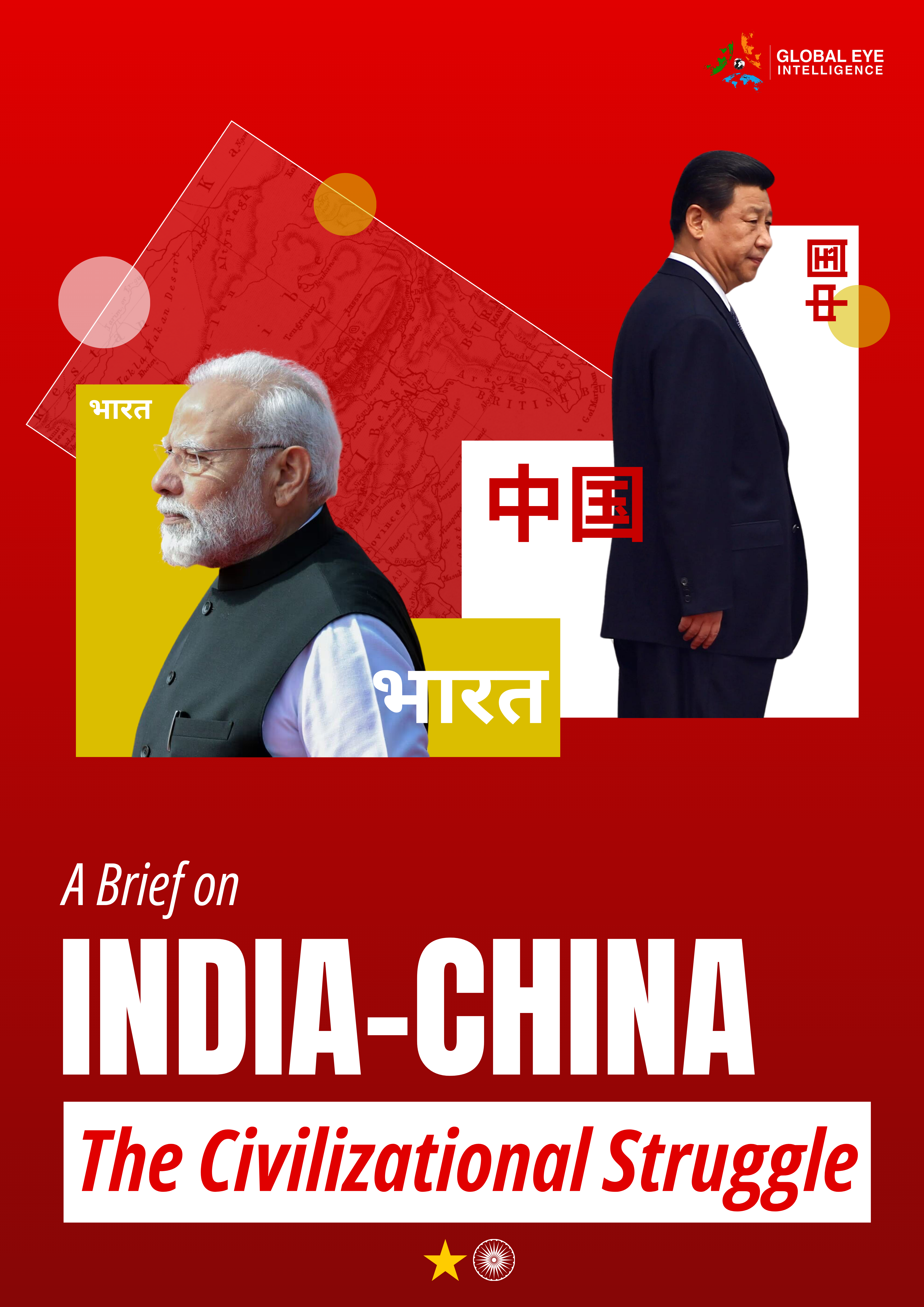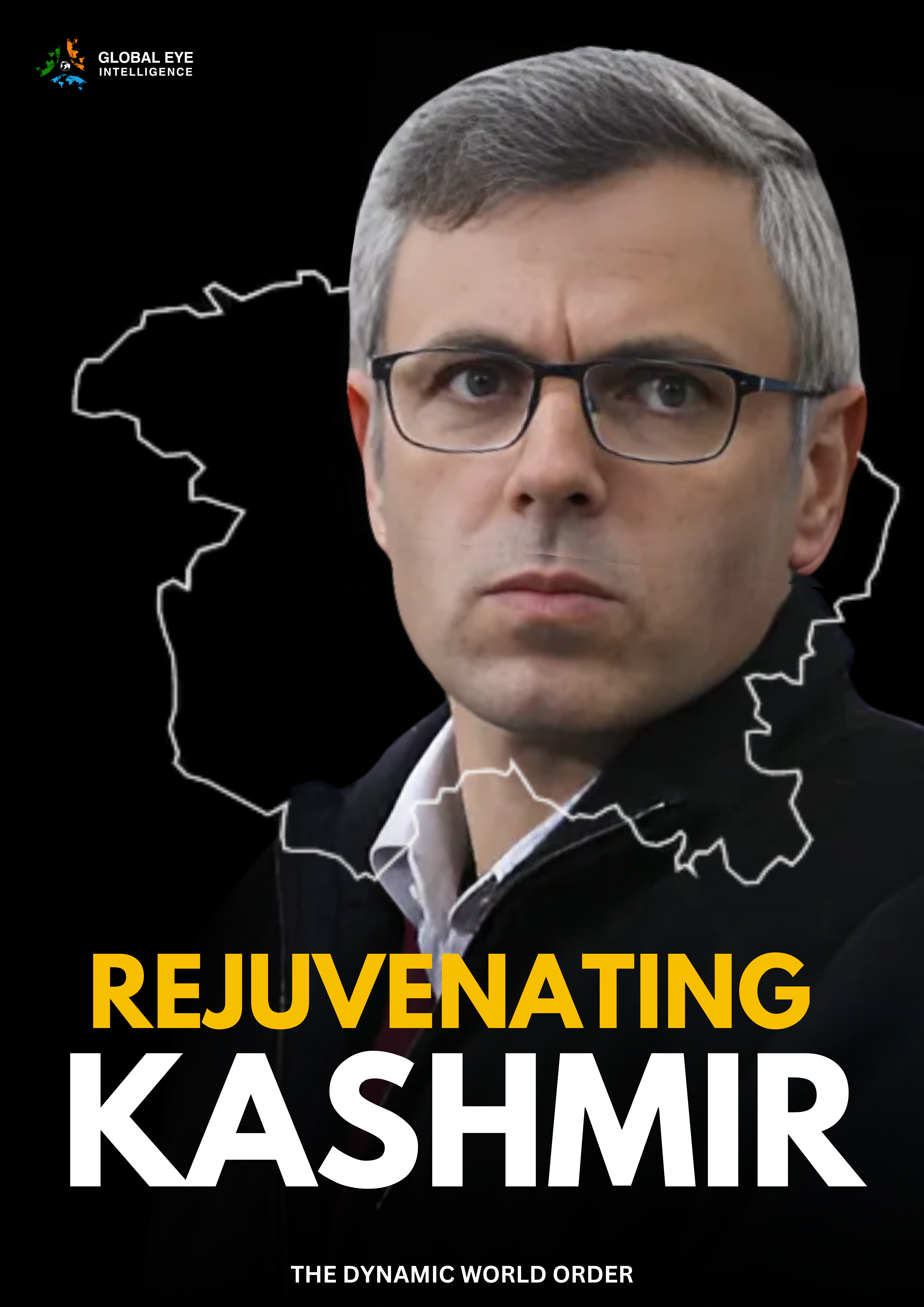
- Capital City: Beijing
- General Information Official Language: Mandarin
- Currency: Renminbi (Yuan/CNY/RMB)
- Population (2024): 1.42 Billion
Political Overview
Government Type
Single-party Socialist Republic, communist one-party state
Key Leaders
- President: Xi Jinping
- Premier of the State Council – Li Qiang
- Chairman of the Standing Committee of the National People’s Congress – Zhao Leji
Political Stability Index
-0.5 (2022)
International Alliances
- Arctic Council (observer)
- (ASEAN) (dialogue partner)
- Asian Development Bank (ADB)
- G20
- G77
- IAEA
- IBRD
- ILO
- IMO
- IPU
- ILO
- SCO
- SAARC (Observer)
- UN
- UNSC (Permanent member)
- WHO
Economic Overview
GDP (Nominal)
$18.273 trillion
GDP (PPP)
$37.072 trillion
Key Industries
- Technology & Electronics
- Manufacturing
- Agriculture
- Services
- Construction.
Top 5 Importers/Exporters
- United States: US$502 billion (14.8% of China’s total exports)
- Hong Kong: $276.4 billion (8.2%)
- Japan: $157.6 billion (4.7%)
- South Korea: $149.3 billion (4.4%)
- Vietnam: $138.2 billion (4.1%)
Top Exports for 2023-24 include Broadcasting equipment ($276 billion), Integrated circuits ($215 billion), Computer ($214 billion), Semiconducter devices ($74 billion)
Top Imports include Crude petroleum ($290 billion), Integrated circuits ($235 billion), Iron ore ($108 billion), Petroleum gas ($76 billion)
Social Indicators
Human Development Index
0.788 (75th) (2023-24)
Literacy Rate
2020 data – 97% (98.5% of males and 95.2% of females)
Life Expectancy
78.6 years (2024)
Geopolitical Relevance
Strategic Location
Shares borders with 14 countries, access to South China Sea (one of the world’s busiest trade route, rich in natural resources), East China Sea (trade route and energy shipments), Taiwan Strait, BRI
Key Conflicts
Territorial disputes in the South China Sea ( Vietnam, the Philippines, Malaysia, and Brunei), Taiwan Strait tensions (with Taiwan backed mainly by the U.S.), Border issues with India (Aksai Chin and Arunachal Pradesh), Dispute with Japan over the Senkaku/Diaoyu Islands
Border Issues
China-India Border Dispute (Aksai Chin and Arunachal Pradesh), China-Bhutan Border Dispute (Doklam Plateau, Sinchulumpa and Gieu), China-Nepal (trespassing in the district of Humla), Paracel and the Spratly Islands among others in the South China Sea (with Vietnam, Malaysia, Indonesia, Philippines, Brunei)
Military Strength
Chinese People’s Liberation Army Active personnel – 2,035,000 (2022) (ranked 1st)
Reserve personnel – 510,000 (2022) Budget – $296 billion (2023) (ranked 2nd)
SCO member
Related Posts
-
SYRIAN FRAGMENTED SYNERGY
Executive Summary Syria’s ethnic and religious diversity, with a Sunni majority and substantial minority populations, poses significant challenges to post-conflict governance. This fragmentation, along with ideological divides, has attracted foreign interventions, with external powers exploiting Syria’s strategic location. As of December 2024, Syria remains divided into six zones of control. HTS governs the largest territory,…
-
Legal and Operational Challenges in Countering Extremism in Central Asia
Introduction Central Asia, comprising Kazakhstan, Kyrgyzstan, Tajikistan, Turkmenistan, and Uzbekistan, is a region rich in demographic and historical complexity. Despite housing only 1% of the global population, its history spans from Palaeolithic societies to the dominance of nomadic empires. The region’s environmental significance, particularly in its ice core contributions to climate research, adds to its…
-

India-China Brief
INTRODUCTION India and China are two ancient civilizations turned modern states. The two have been interacting with each other in political, economic, diplomatic and people-to-people exchange domains since centuries. Until the advent of European colonialism in the 17th century, the two controlled around 25% of the Global GDP while coexisting peacefully. There are historical instances…
-

Rejuvanating Kashmir
January to March 2024: 1. Security Measures: – J&K saw a surge in counterterrorism operations. Several militant groups were banned, and their key operatives were either killed or arrested. – A significant crackdown on militant networks, including those involved in high-profile attacks, was reported. This included the arrest of militants responsible for attacking civilians and…
-

Global Data Sovereignty Wars: The Race for Strategic Control Over Cyber and Space Intelligence Networks in 2024
Context/Background Data has come to be established as a new key strategic asset, central to national power in the economic, political, and military spheres. The principle of data sovereignty—whereby nations seek to control data generated within their borders—is at tension with the global nature of digital networks and the dominance of tech conglomerates. This struggle…
-

P5 meeting in Dubai
Executive Summary The five nuclear-armed permanent members (P5) of the United Nations Security Council (UNSC) held a closed-door expert-level meeting in Dubai. The meeting gained its strategic importance and focus as it was the first full-fledged meeting under the chairmanship of China where the discussion focused on nuclear doctrines against the backdrop of Russia updating…
-

RACE FOR THE ARCTIC
EXECUTIVE SUMMARY Driven by rapid environmental changes due to global warming, increasing geopolitical and economic interests, the Arctic region is emerging as a critical global frontier and a stage for strategic competition among the Arctic States (United States, Russia, Canada, Denmark, Finland, Iceland, Norway, Sweden) and non-Arctic actors like China as the region’s retreating ice…
-

THAILAND – EU ECONOMIC DEAL
1. Executive Summary Thailand is also aggressively developing its economic relationship with European organizations through well-planned trade agreements. It has successfully completed a Free Trade Agreement with EFTA and is moving toward a more extensive FTA with the EU, which it plans to have in place by 2025. All these initiatives are to be used…
-

Corruption in the PLA police force
Executive Summary This report examines corruption within the People’s Liberation Army (PLA) police force, detailing its implications on military movements, strategic objectives, and broader regional stability. Key findings highlight systemic corruption undermining operational integrity, creating vulnerabilities in national defense, and influencing international perceptions of China’s military and law enforcement capabilities. Strategic recommendations aim to mitigate…

